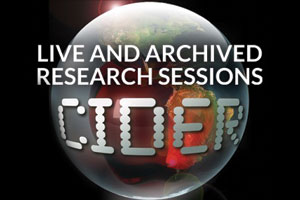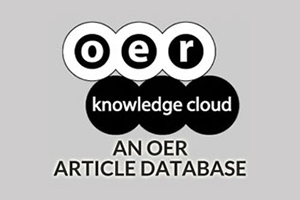Connectivism and dimensions of individual experience
DOI:
https://doi.org/10.19173/irrodl.v13i1.1143Abstract
Connectivism has been offered as a new learning theory for a digital age, with four key principles for learning: autonomy, connectedness, diversity, and openness. The testing ground for this theory has been massive open online courses (MOOCs). As the number of MOOC offerings increases, interest in how people interact and develop as individual learners in these complex, diverse, and distributed environments is growing. In their work in these environments the authors have observed a growing tension between the elements of connectivity believed to be necessary for effective learning and the variety of individual perspectives both revealed and concealed during interactions with these elements. In this paper we draw on personality and self-determination theories to gain insight into the dimensions of individual experience in connective environments and to further explore the meaning of autonomy, connectedness, diversity, and openness. The authors suggest that definitions of all four principles can be expanded to recognize individual and psychological diversity within connective environments. They also suggest that such expanded definitions have implications for learners’ experiences of MOOCs, recognizing that learners may vary greatly in their desire for and interpretation of connectivity, autonomy, openness, and diversity.
Published
How to Cite
Issue
Section
License
This work is licensed under a Creative Commons Attribution 4.0 International License. The copyright for all content published in IRRODL remains with the authors.
This copyright agreement and usage license ensure that the article is distributed as widely as possible and can be included in any scientific or scholarly archive.
You are free to
- Share — copy and redistribute the material in any medium or format
- Adapt — remix, transform, and build upon the material for any purpose, even commercially.
The licensor cannot revoke these freedoms as long as you follow the license terms below:
- Attribution — You must give appropriate credit, provide a link to the license, and indicate if changes were made. You may do so in any reasonable manner, but not in any way that suggests the licensor endorses you or your use.
- No additional restrictions — You may not apply legal terms or technological measures that legally restrict others from doing anything the license permits.







